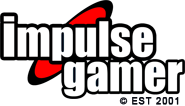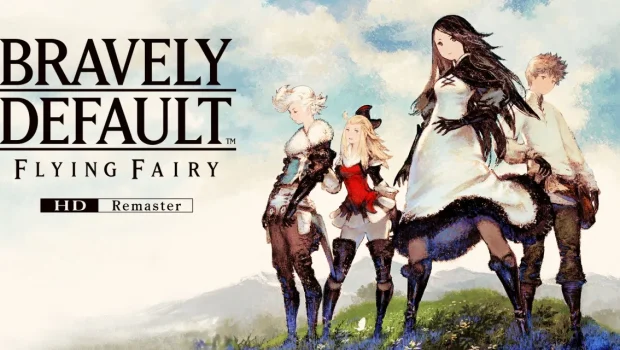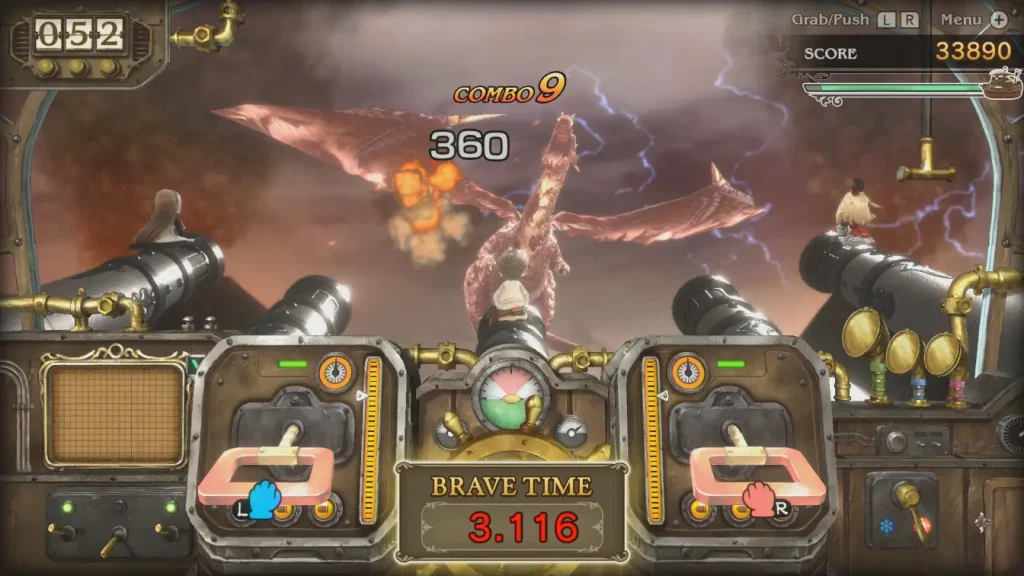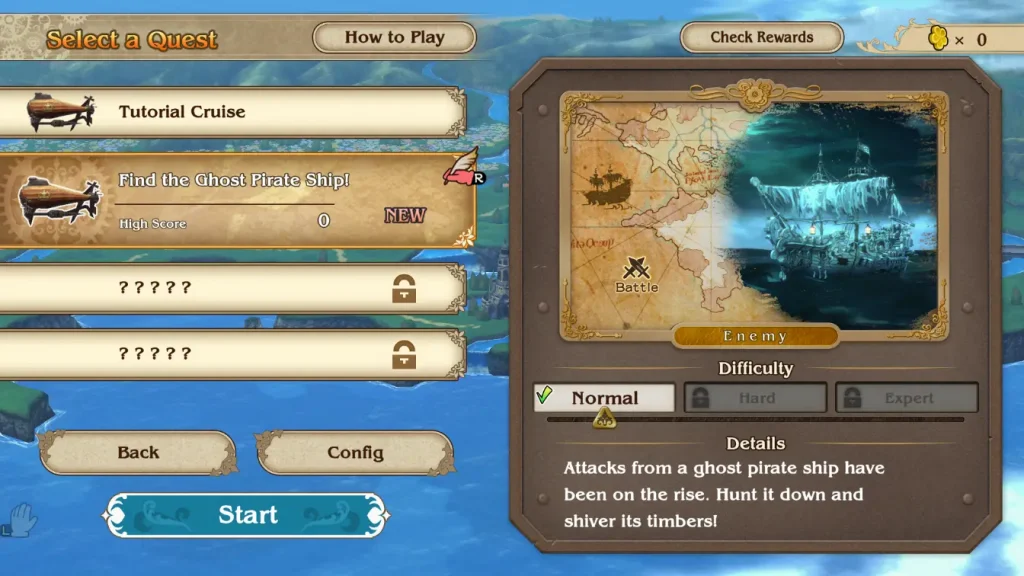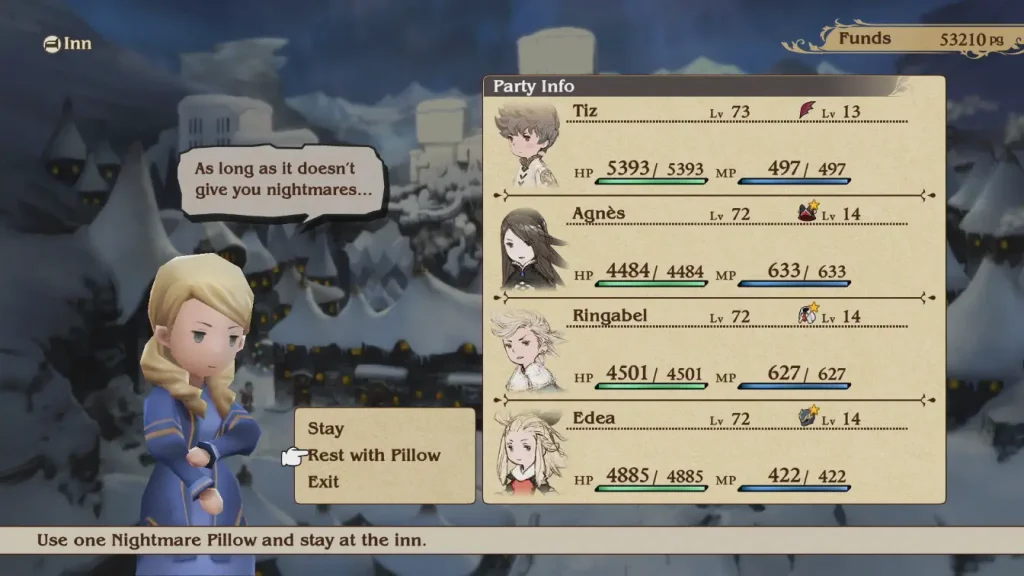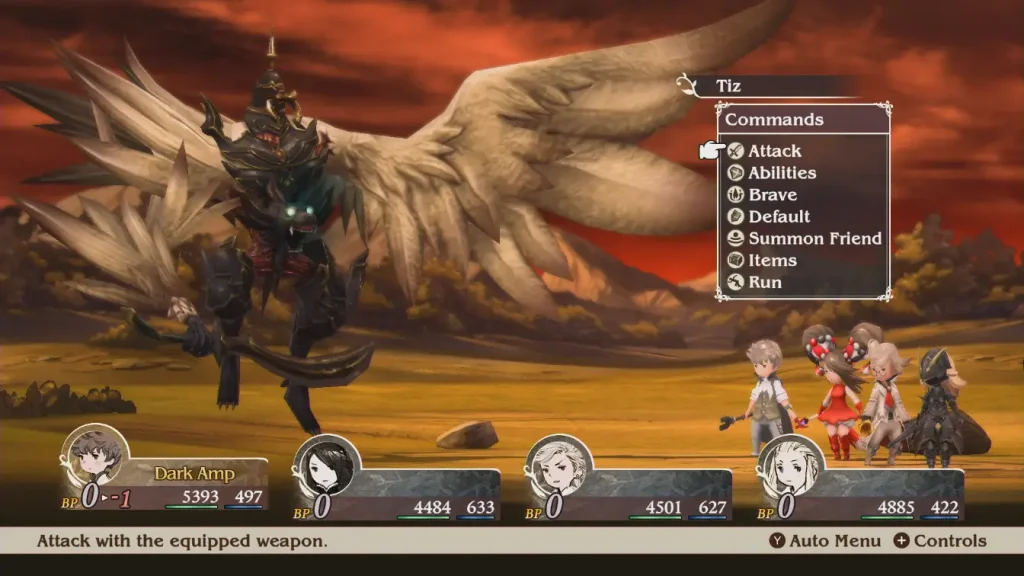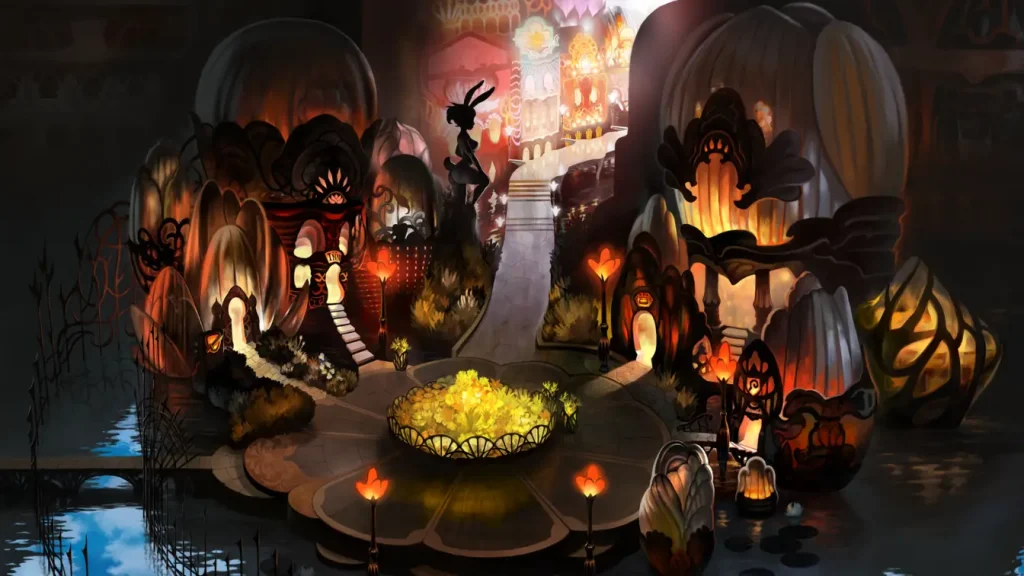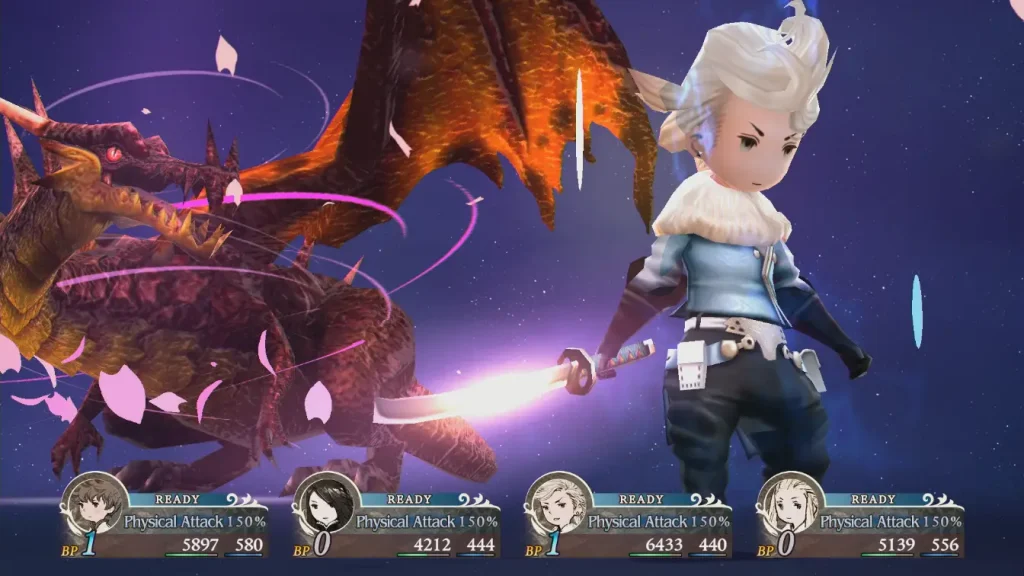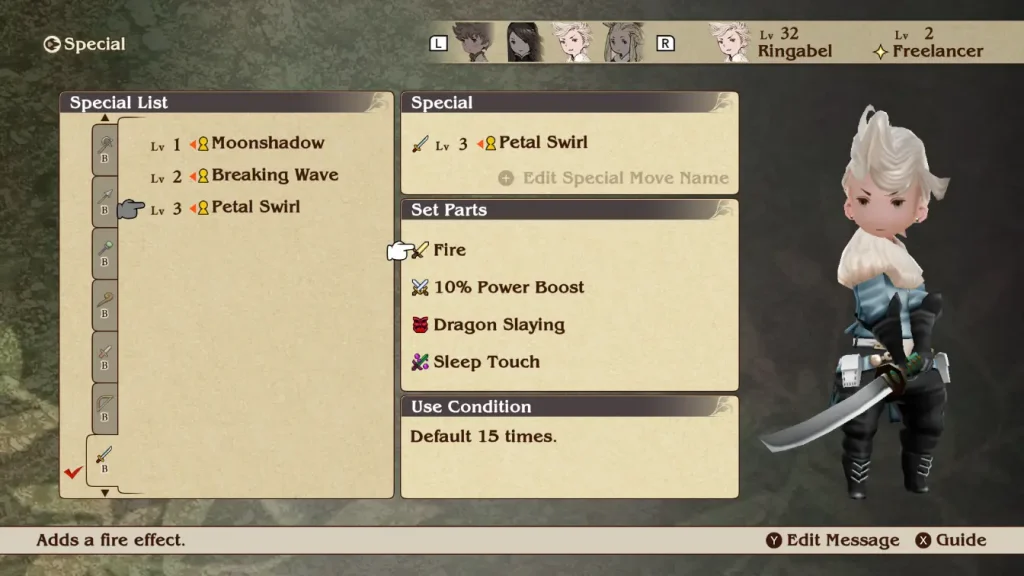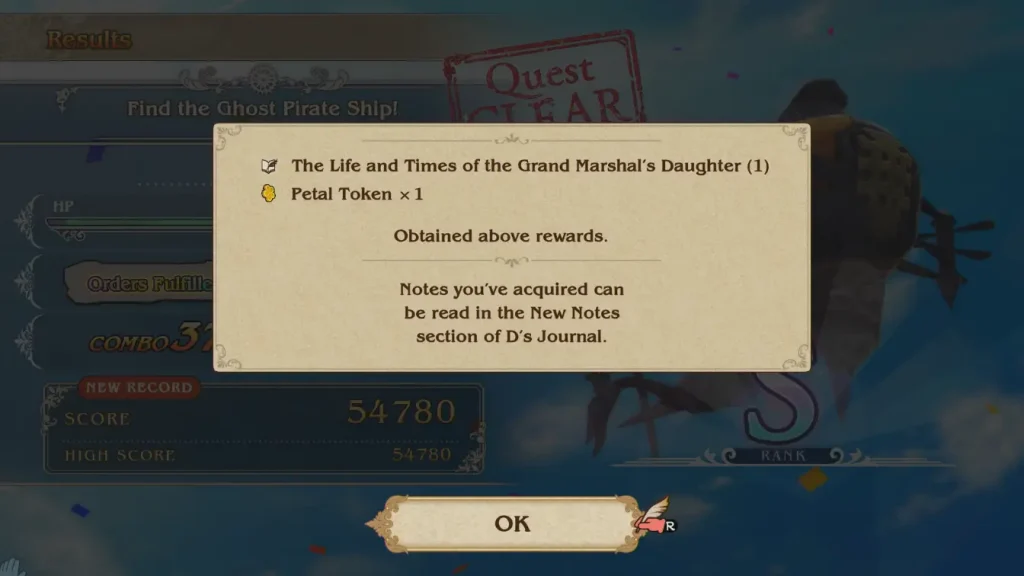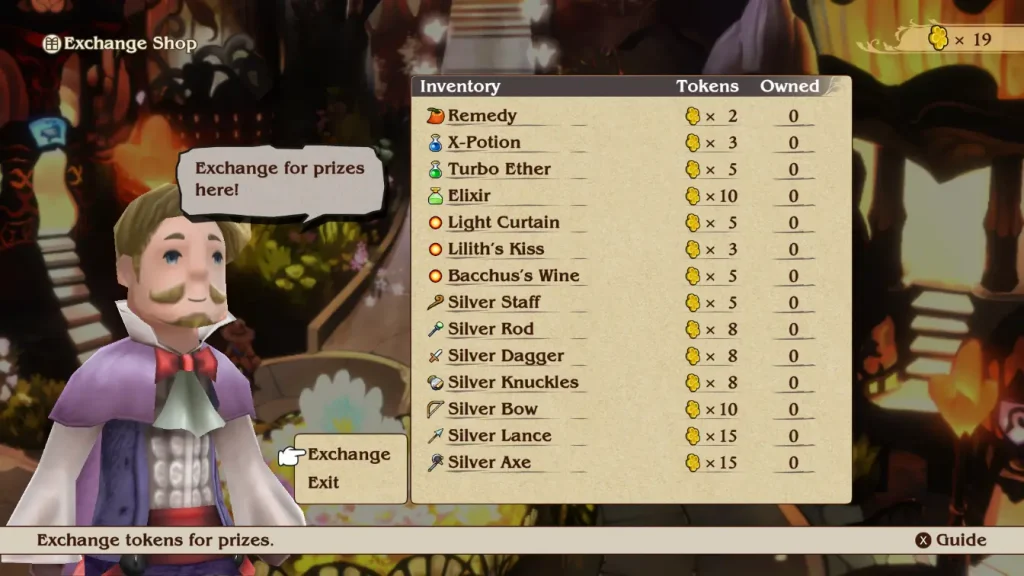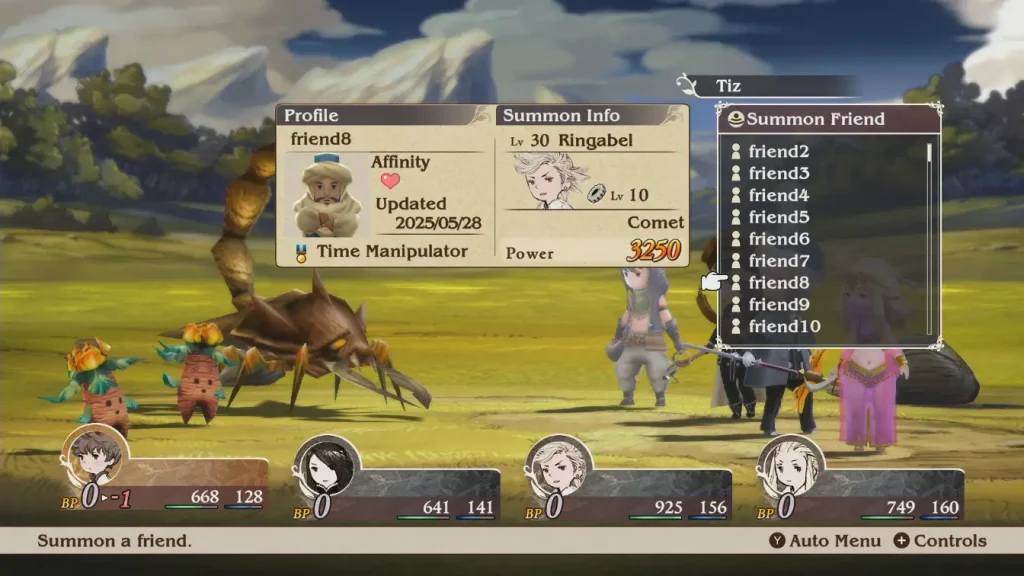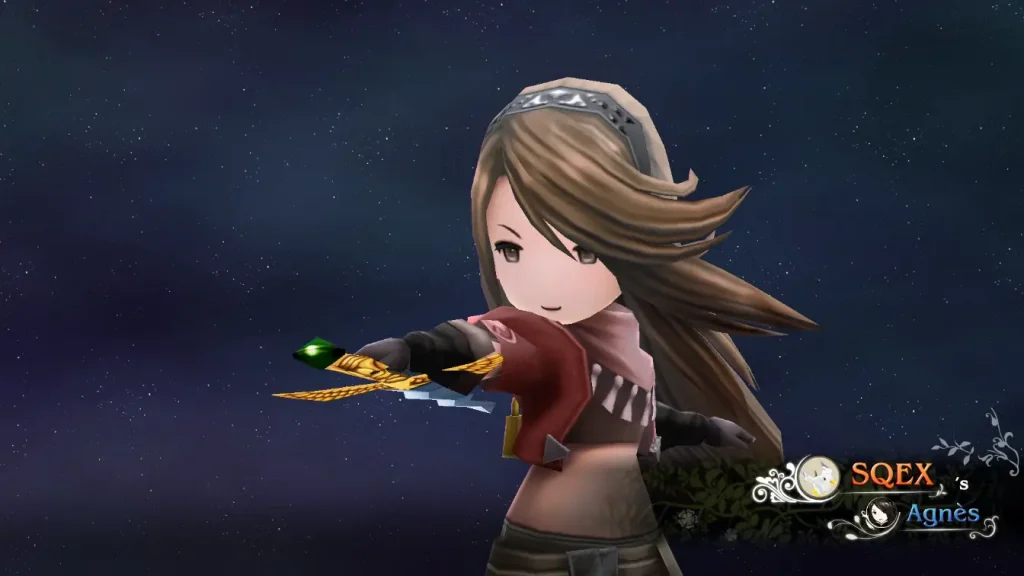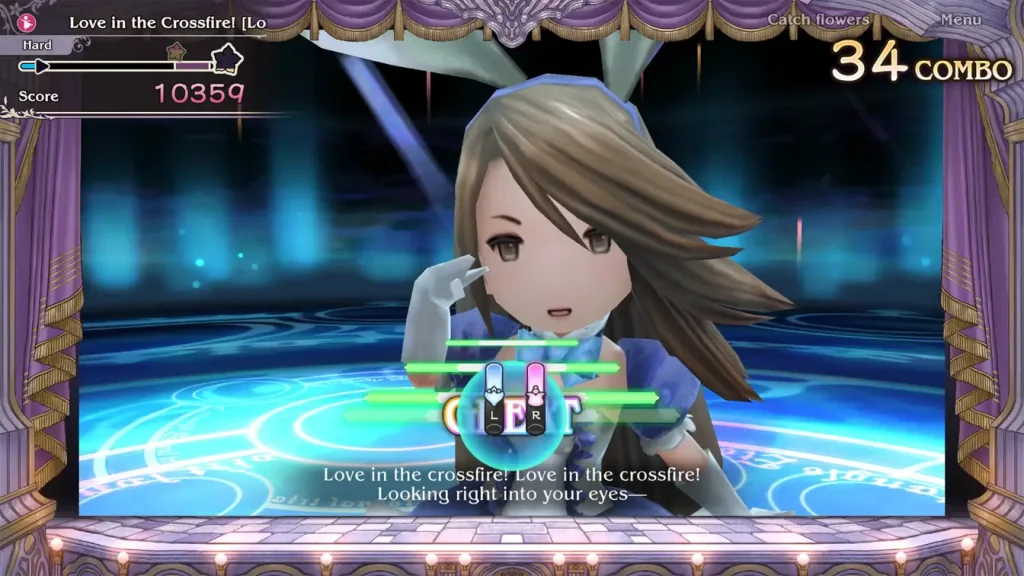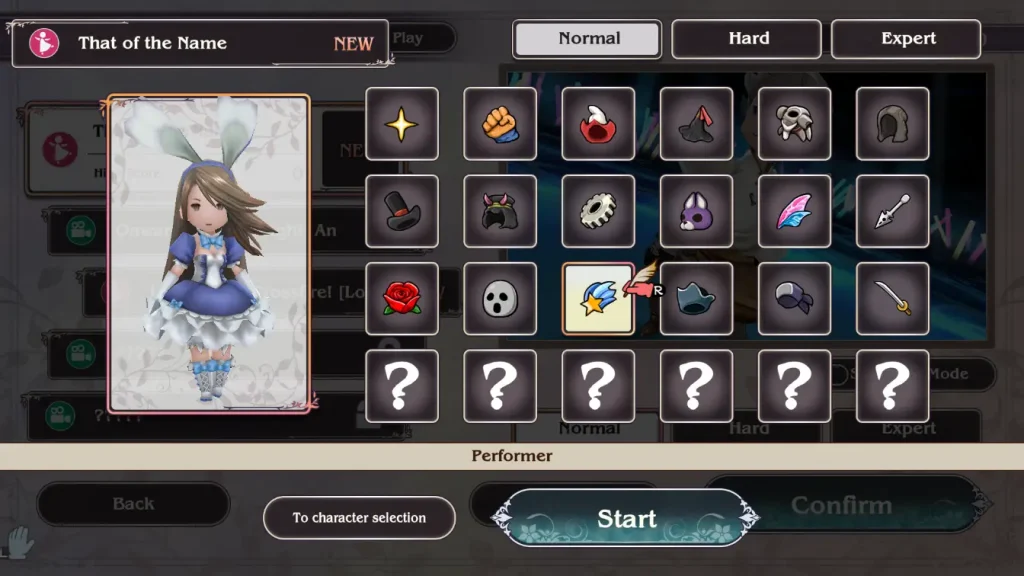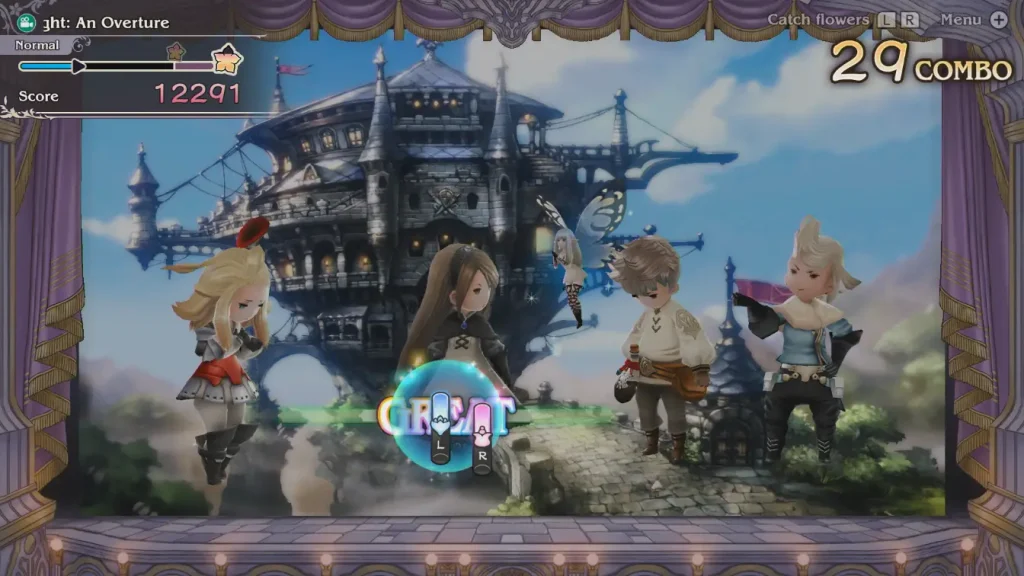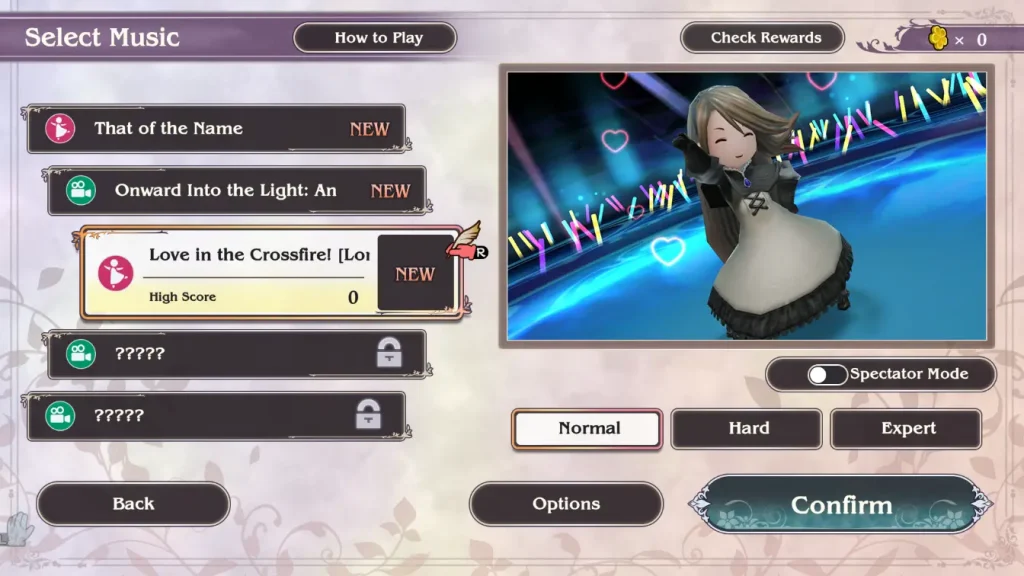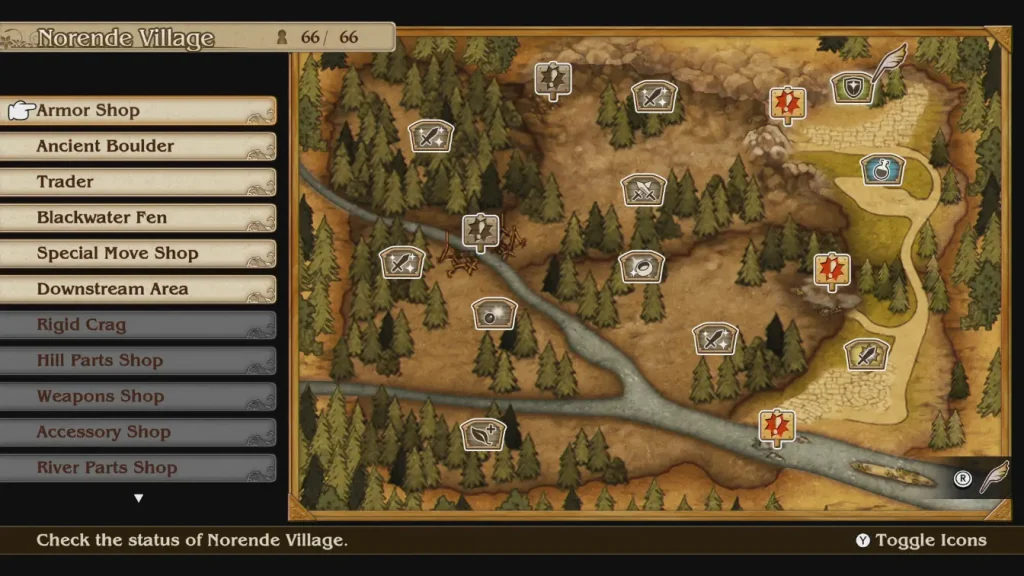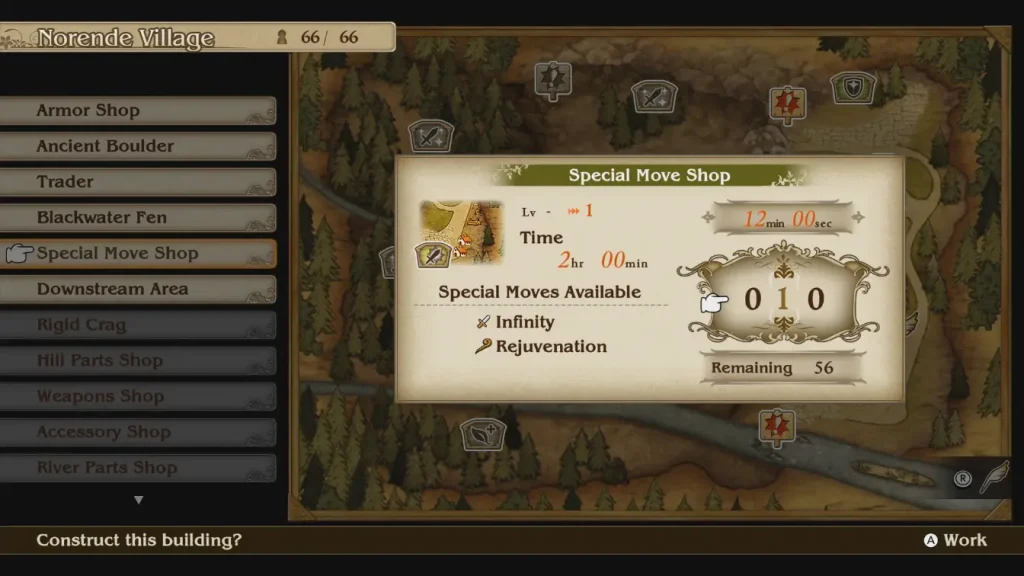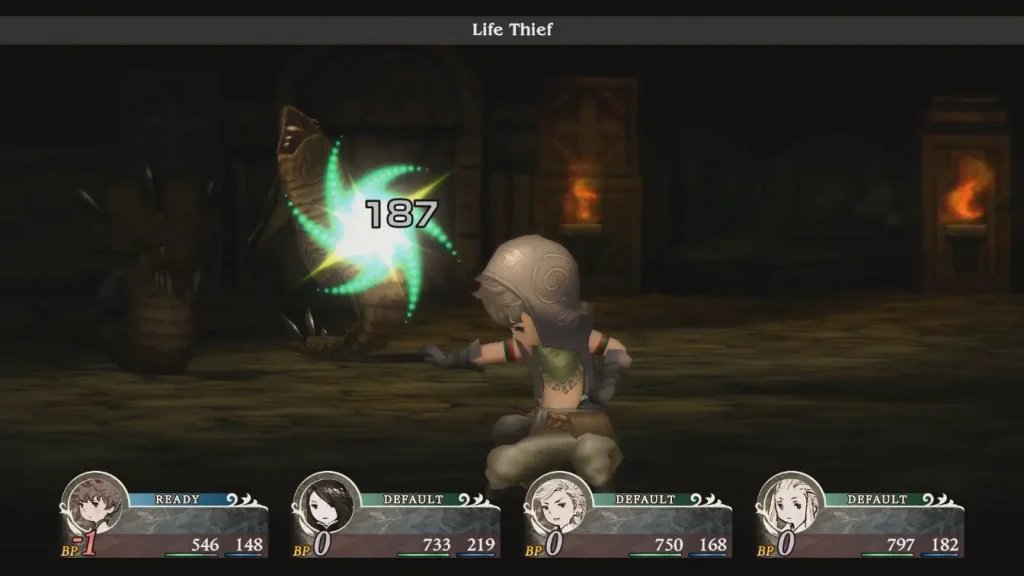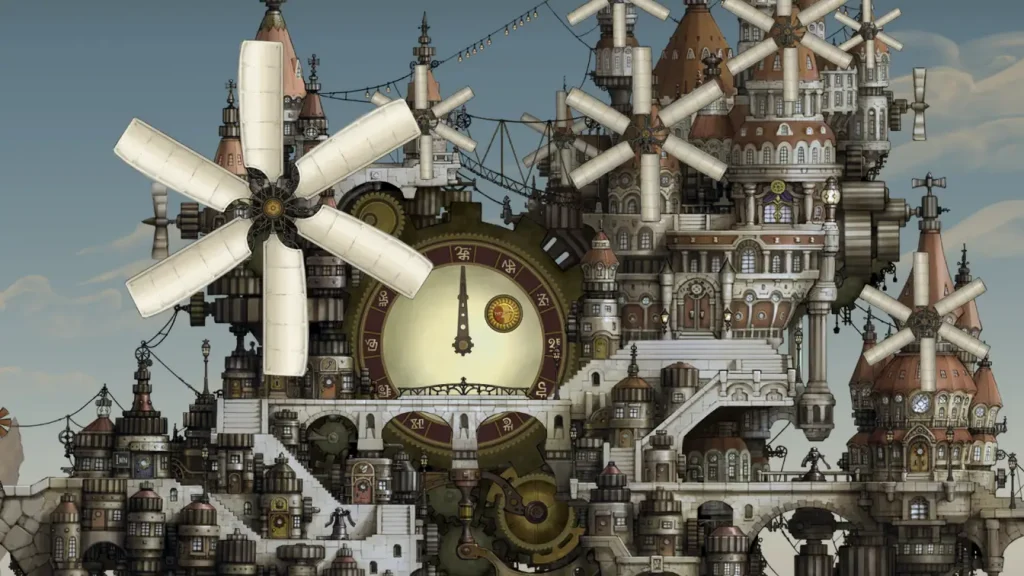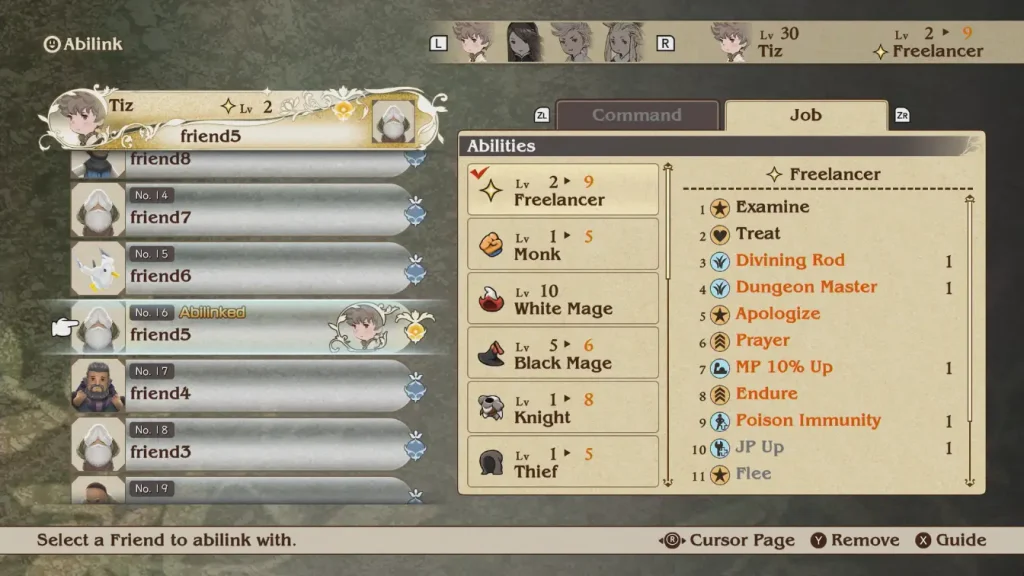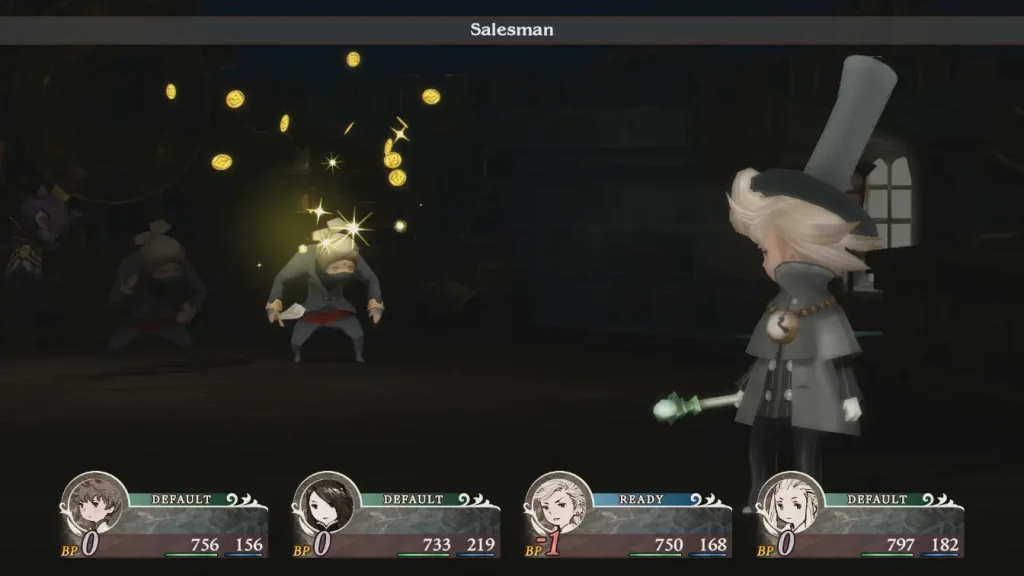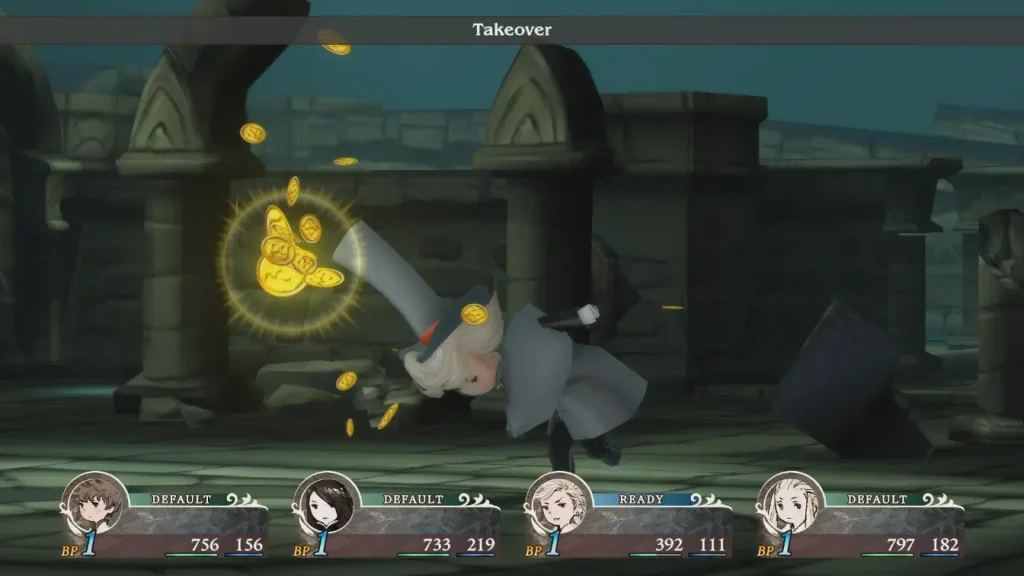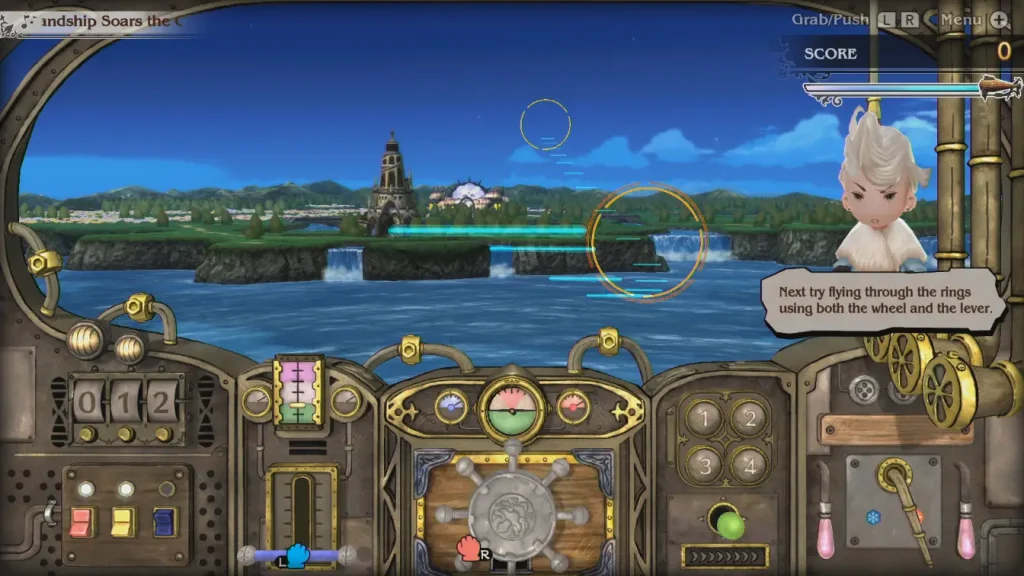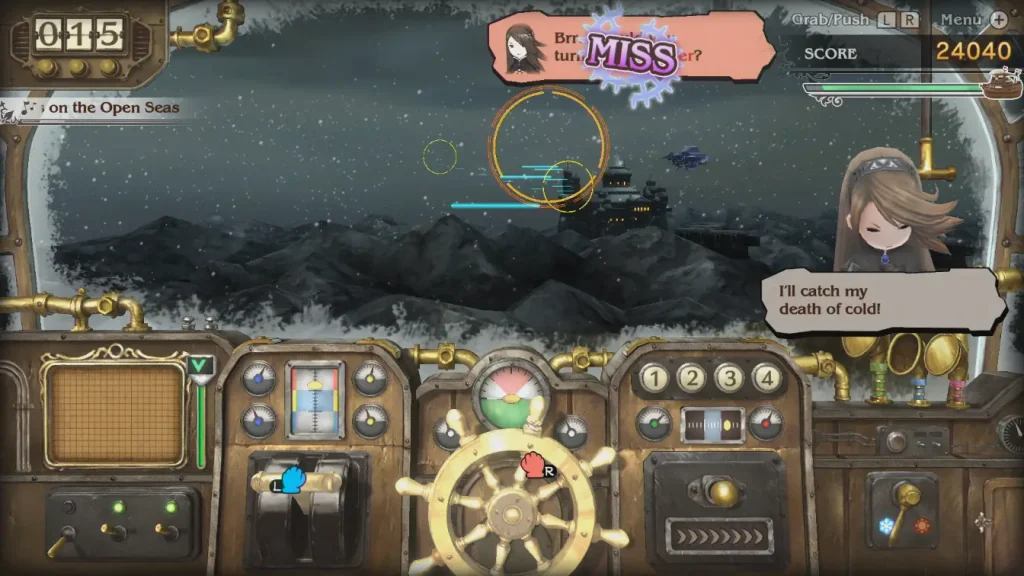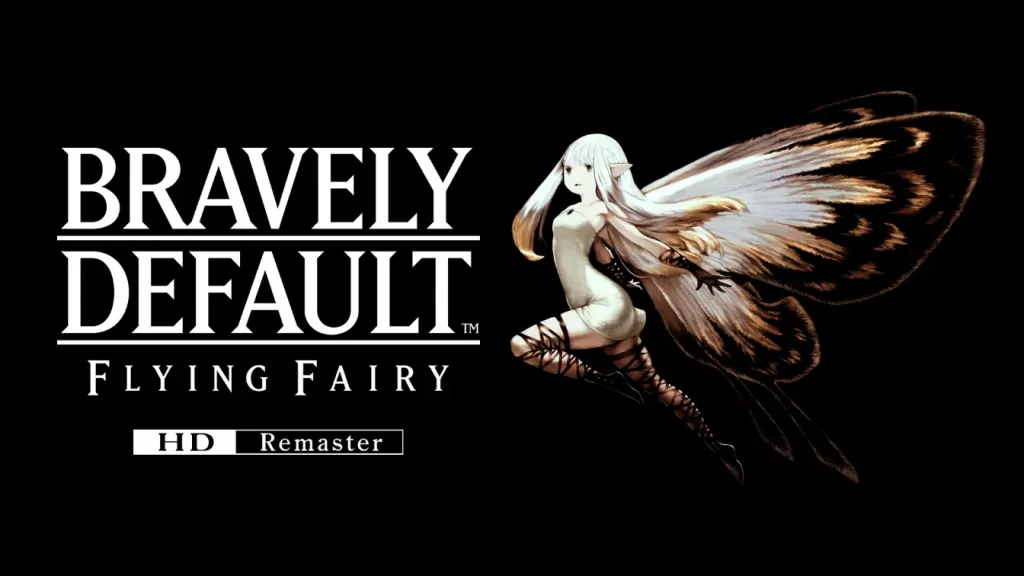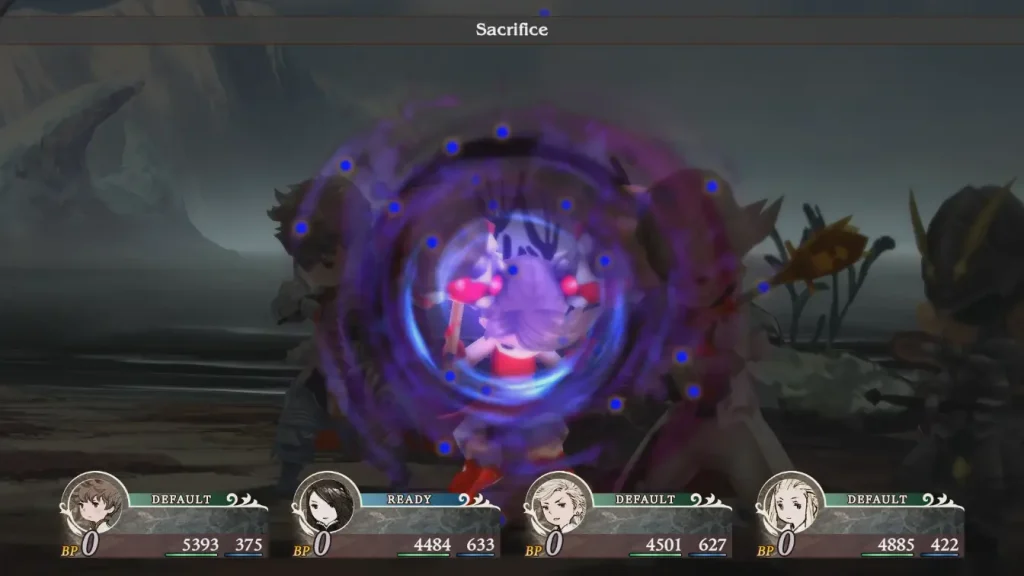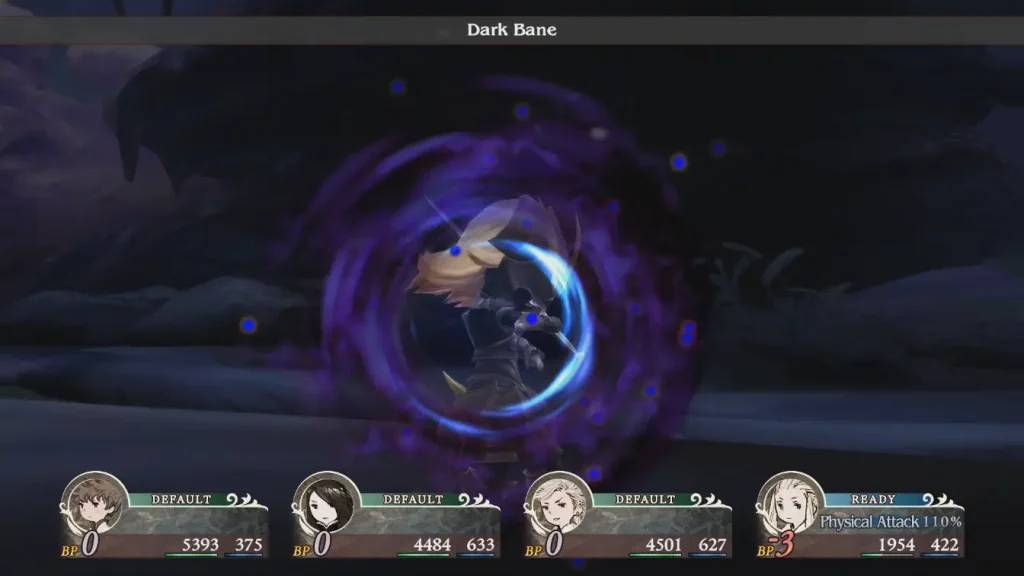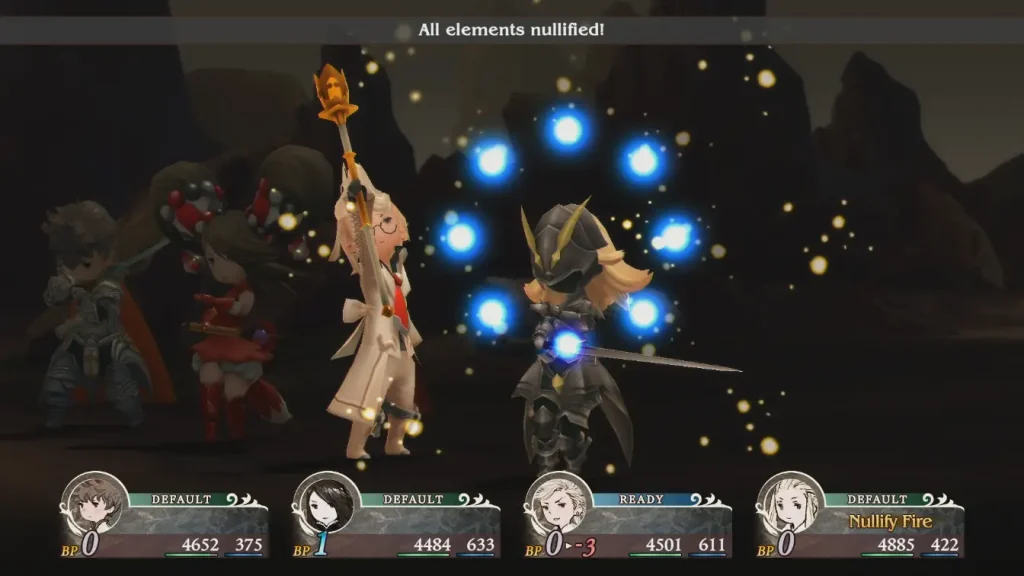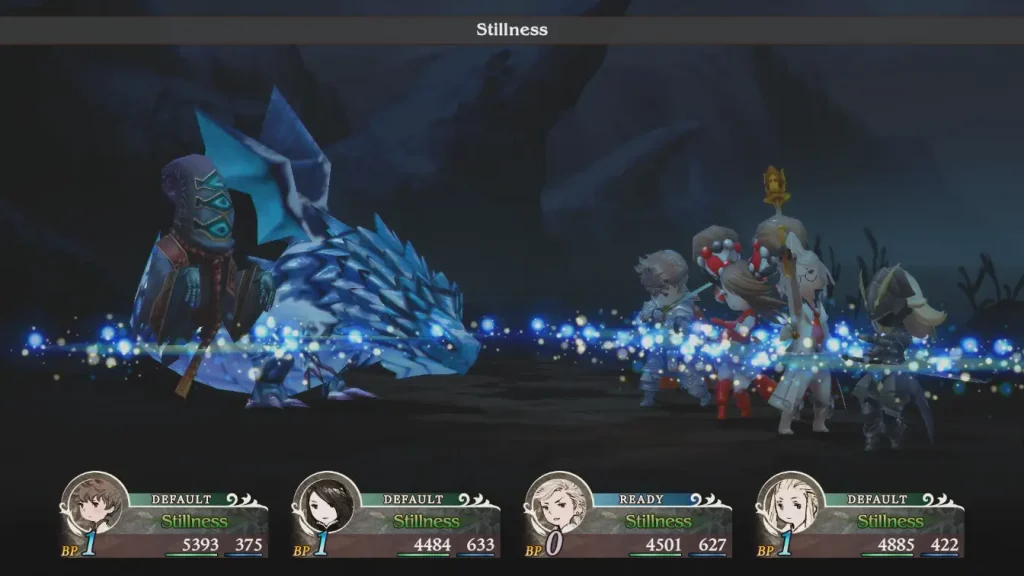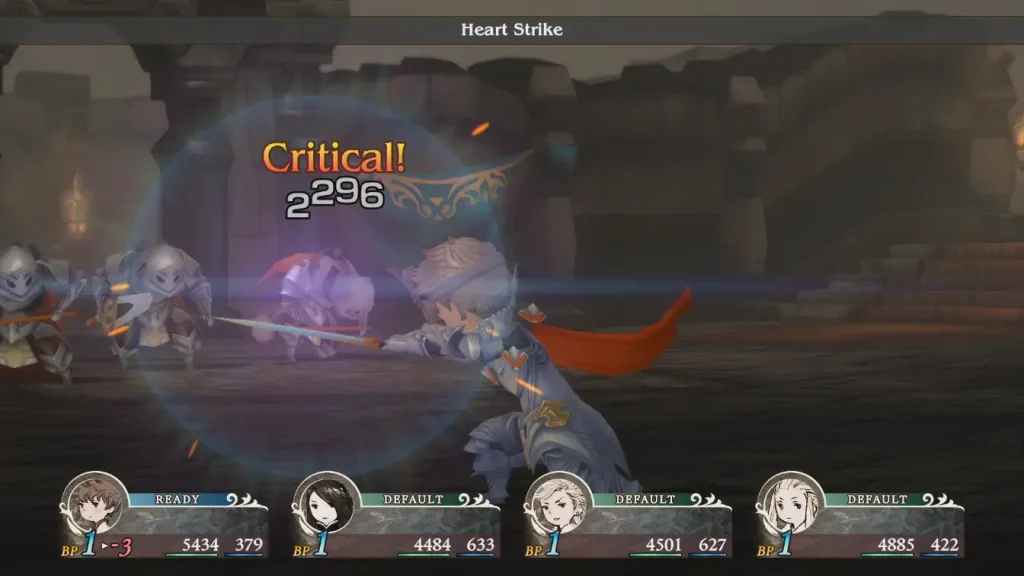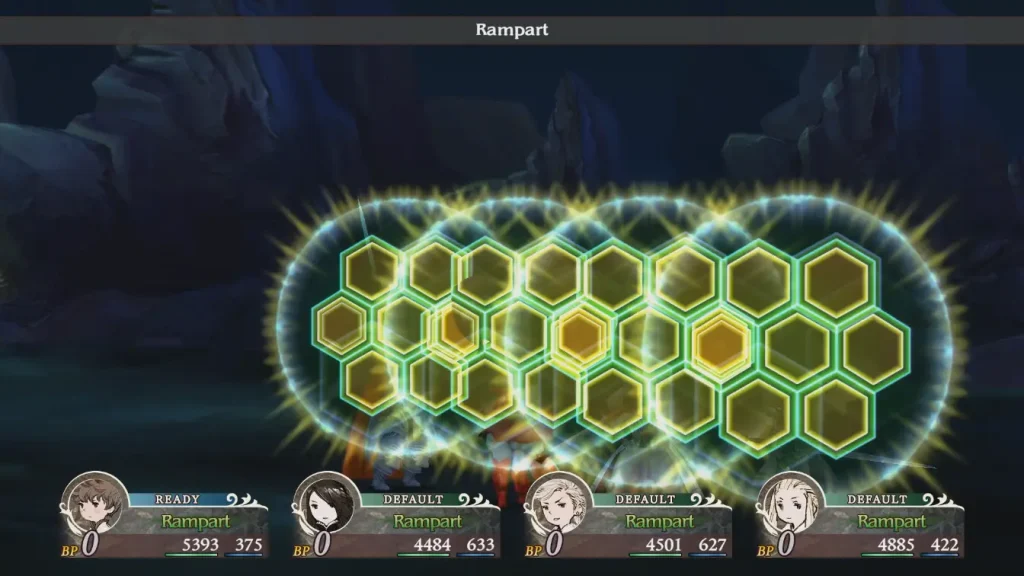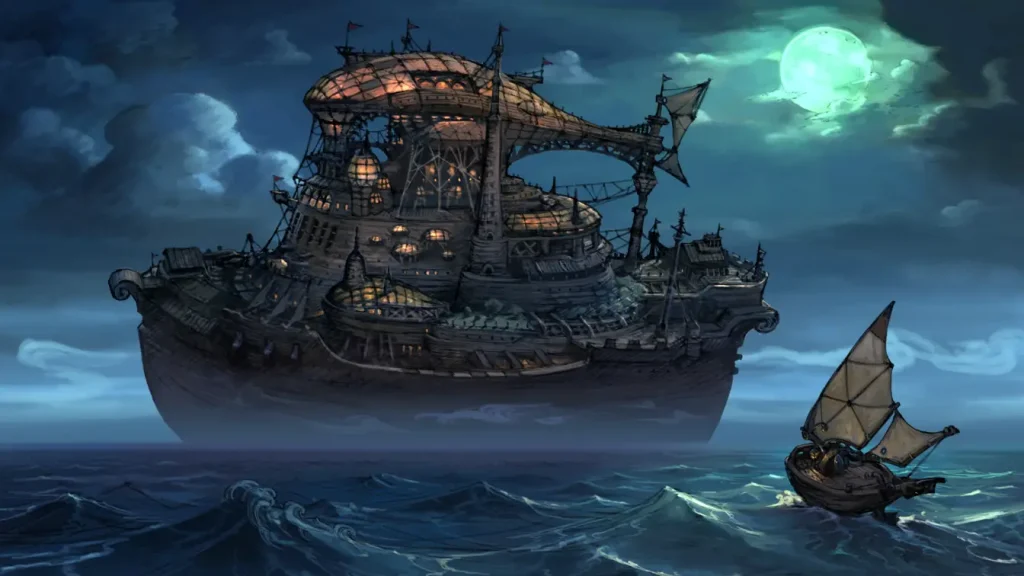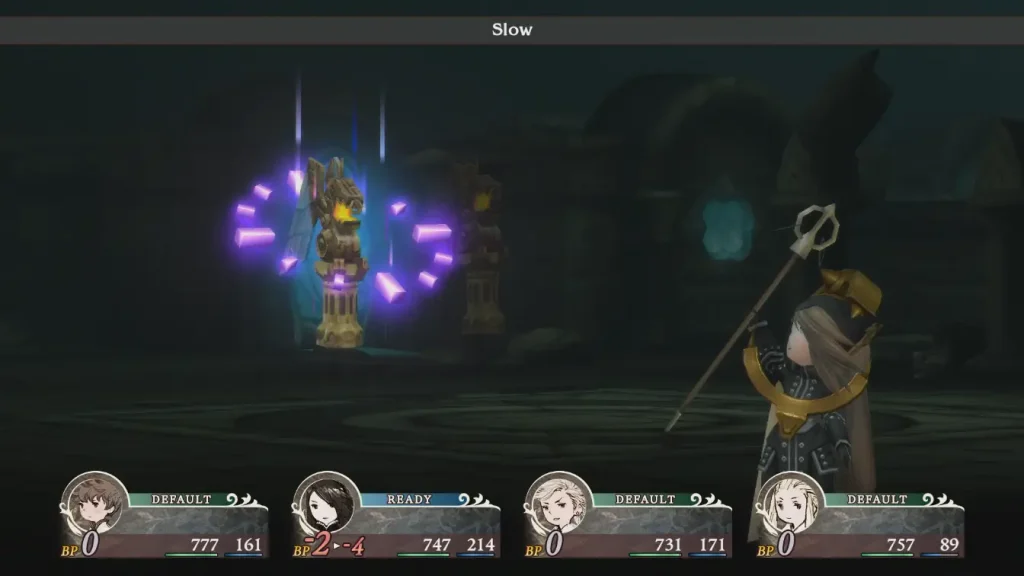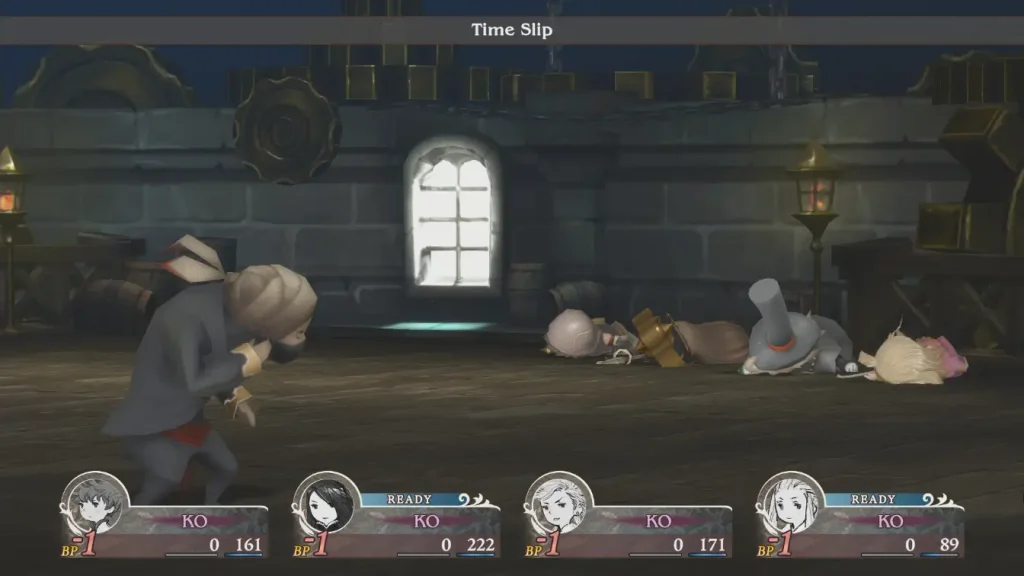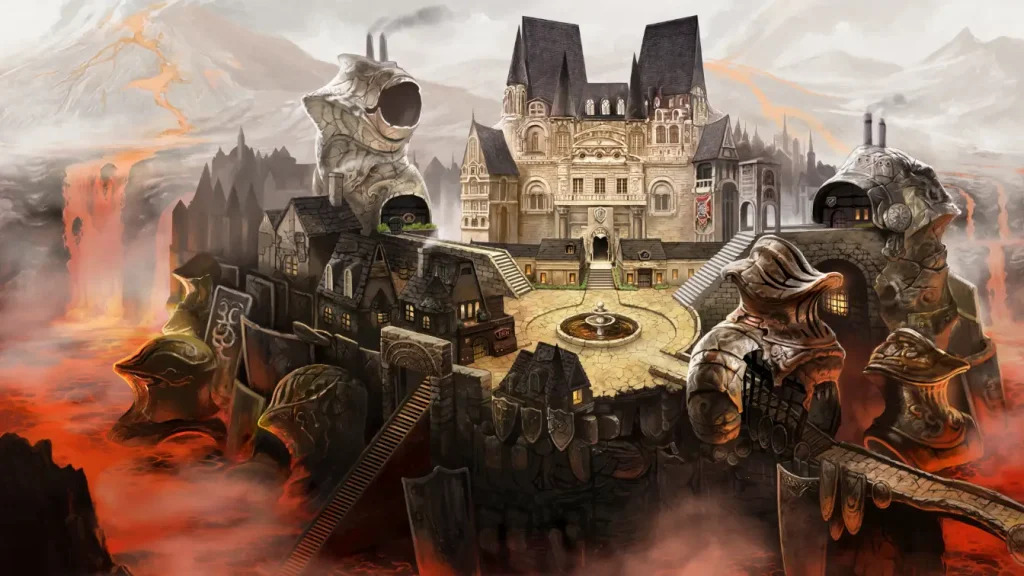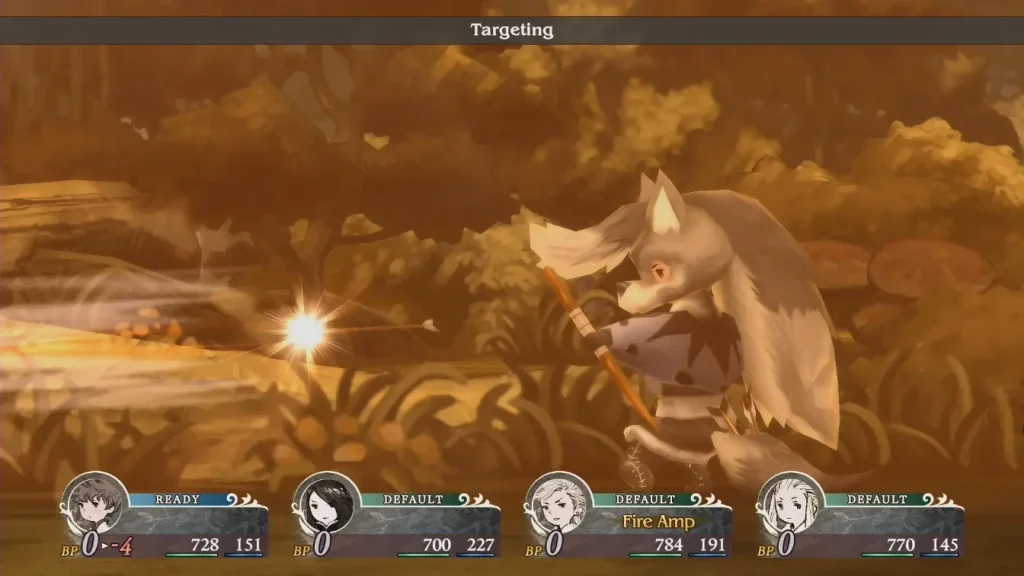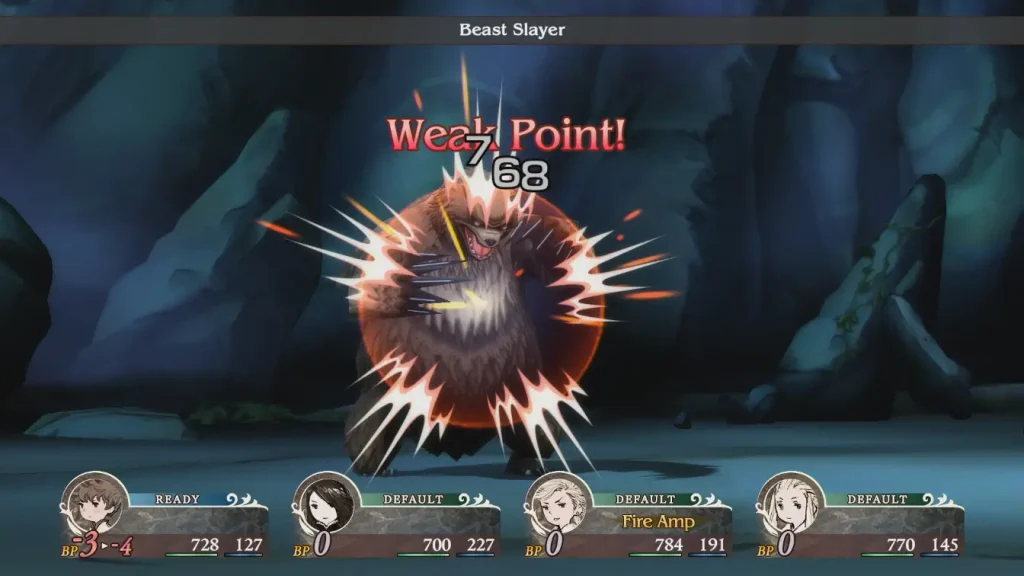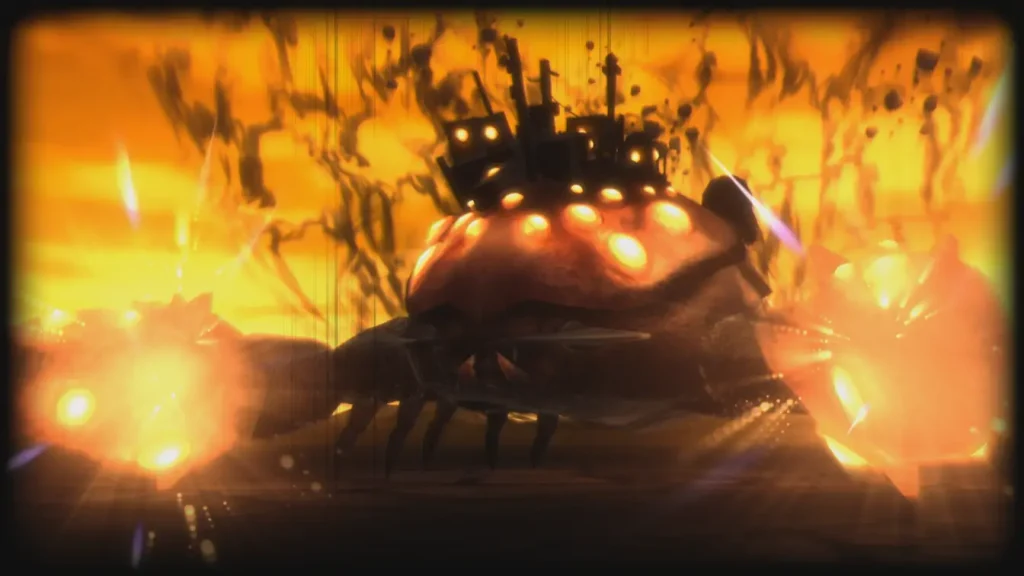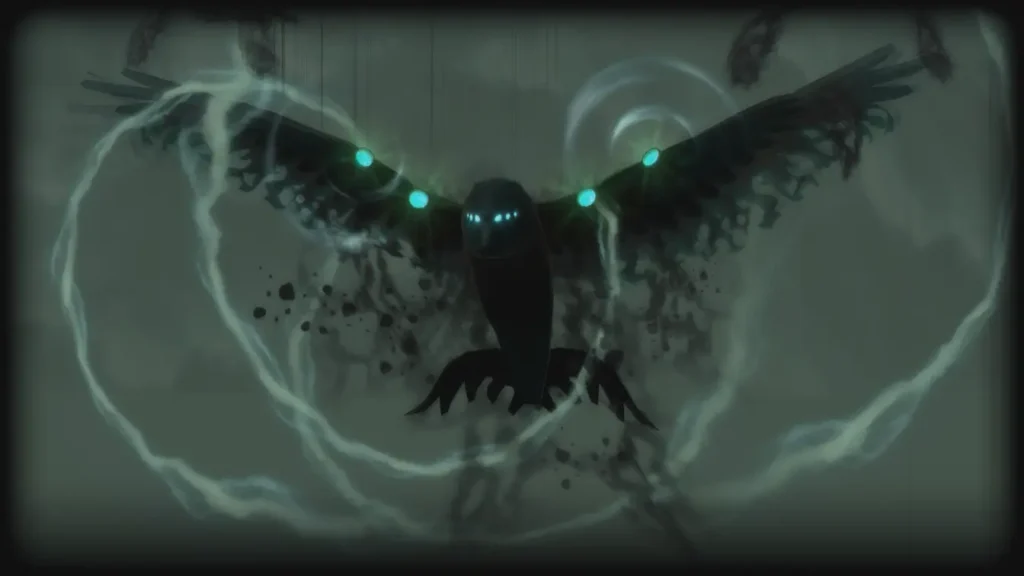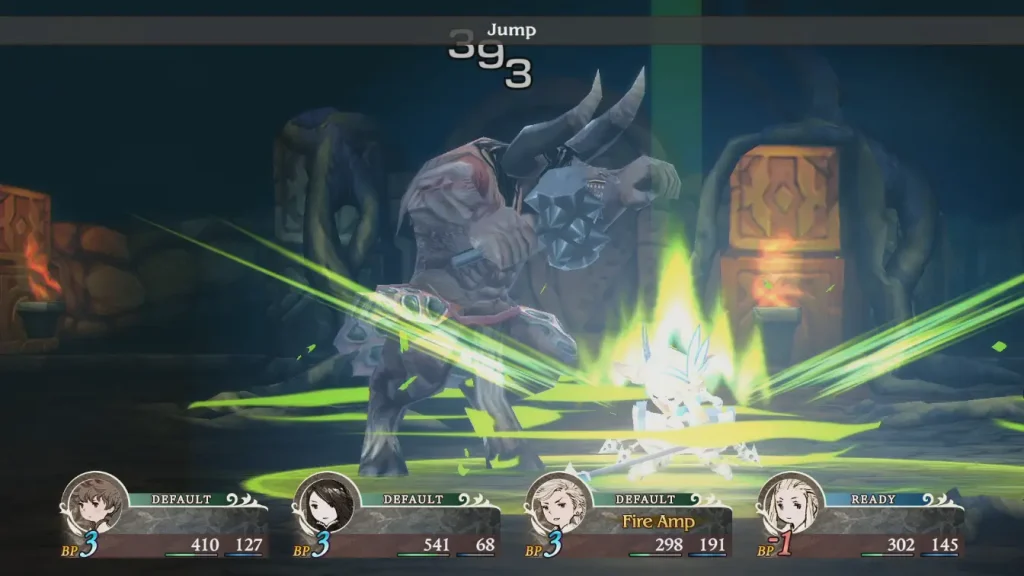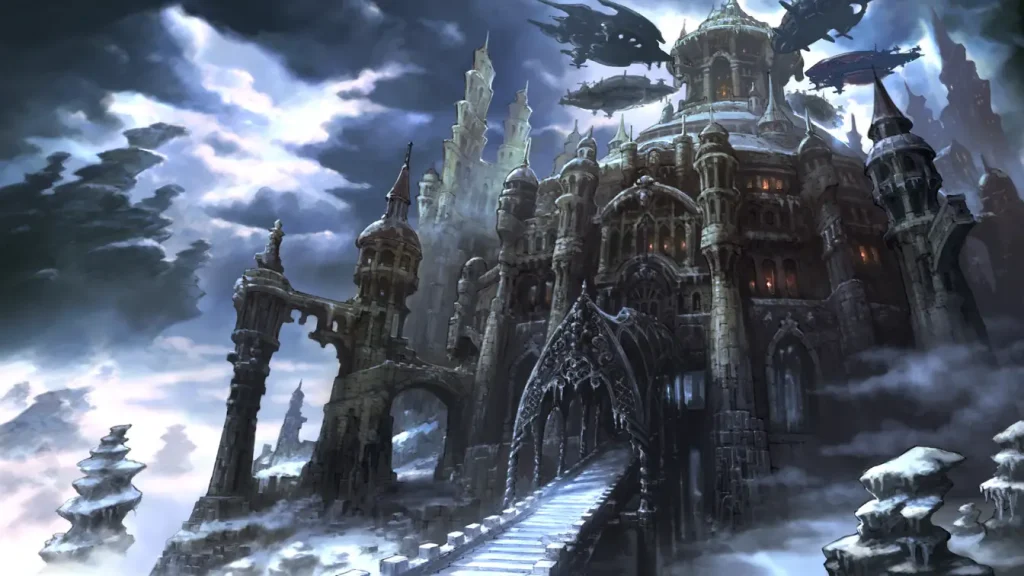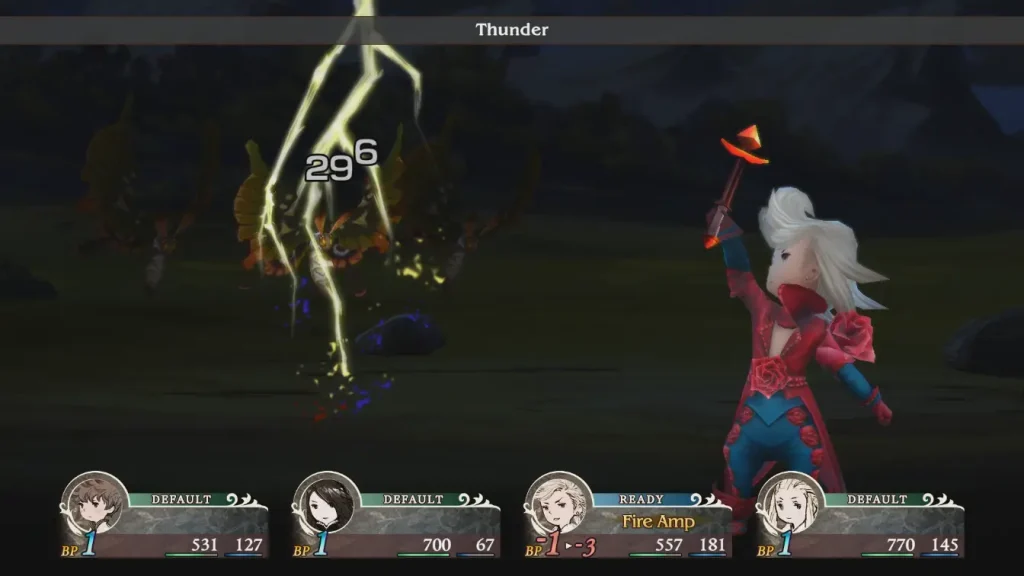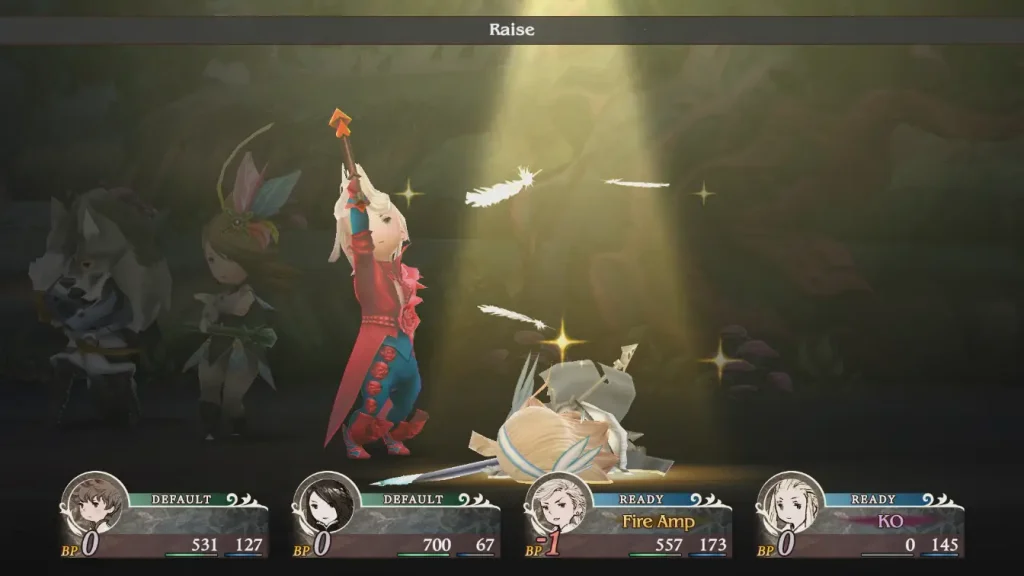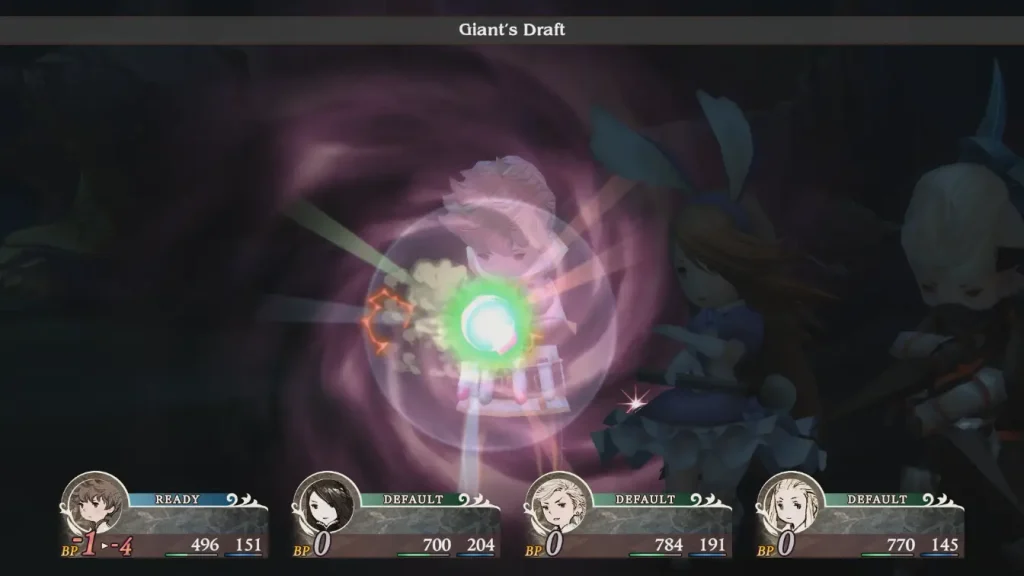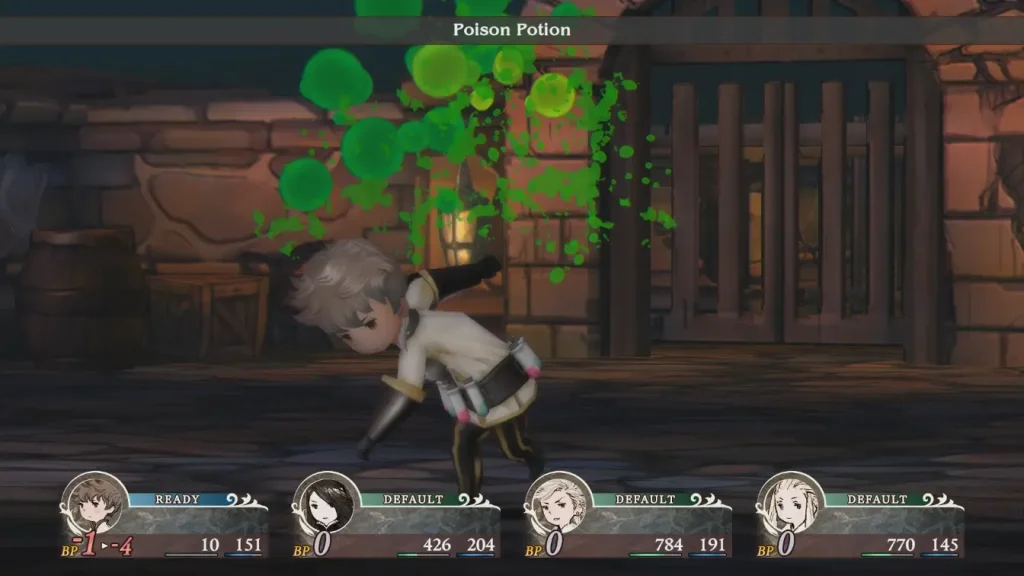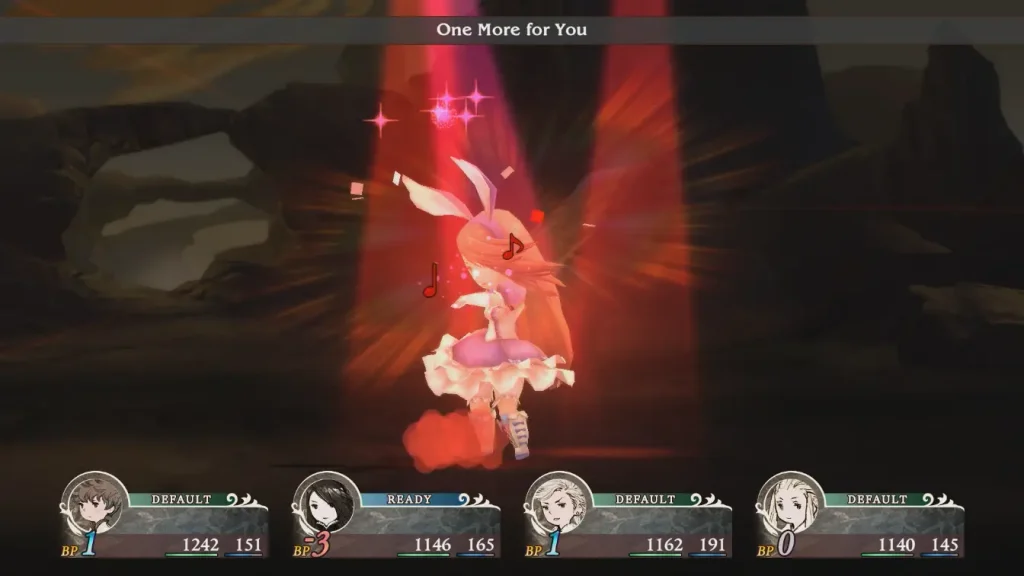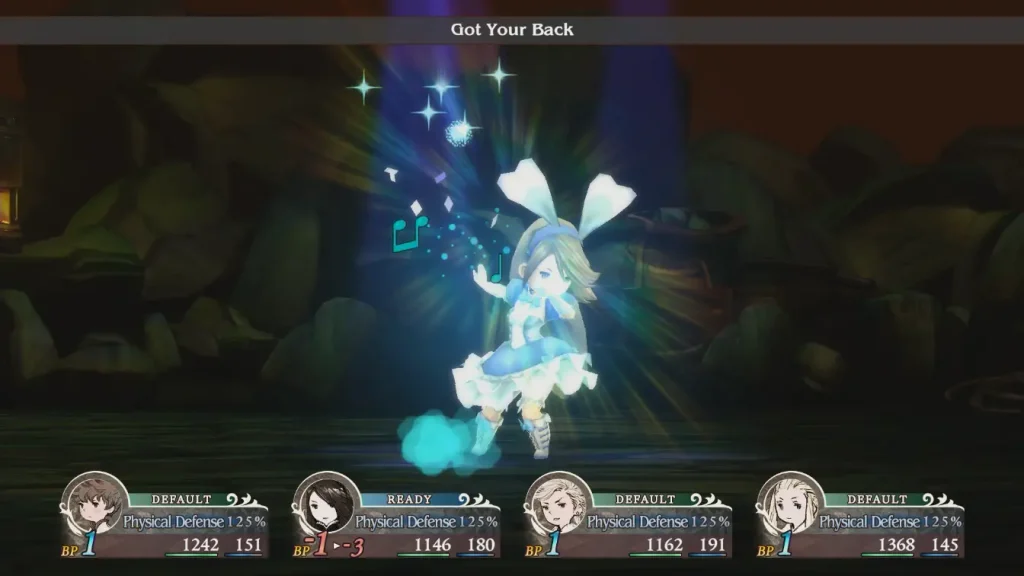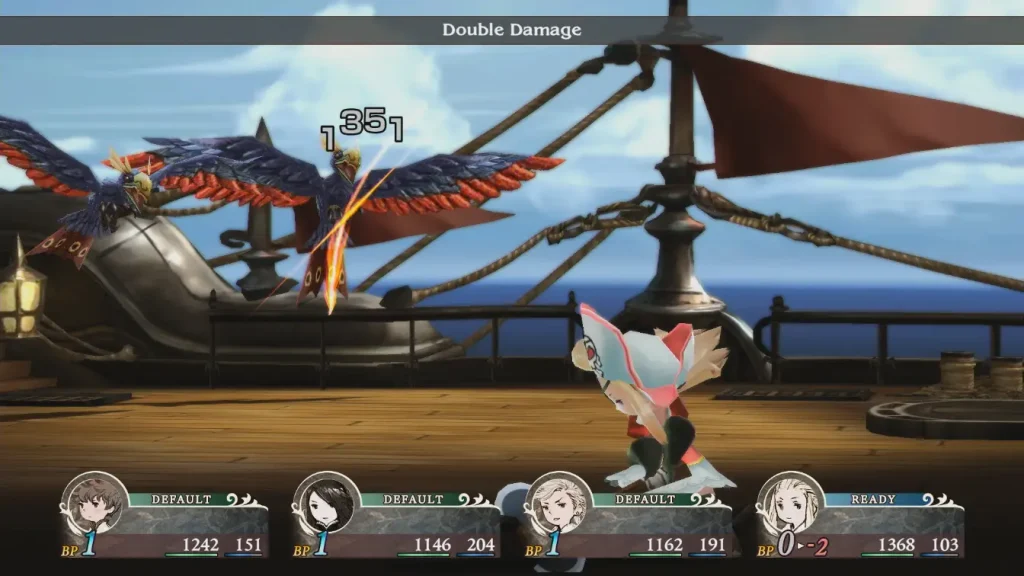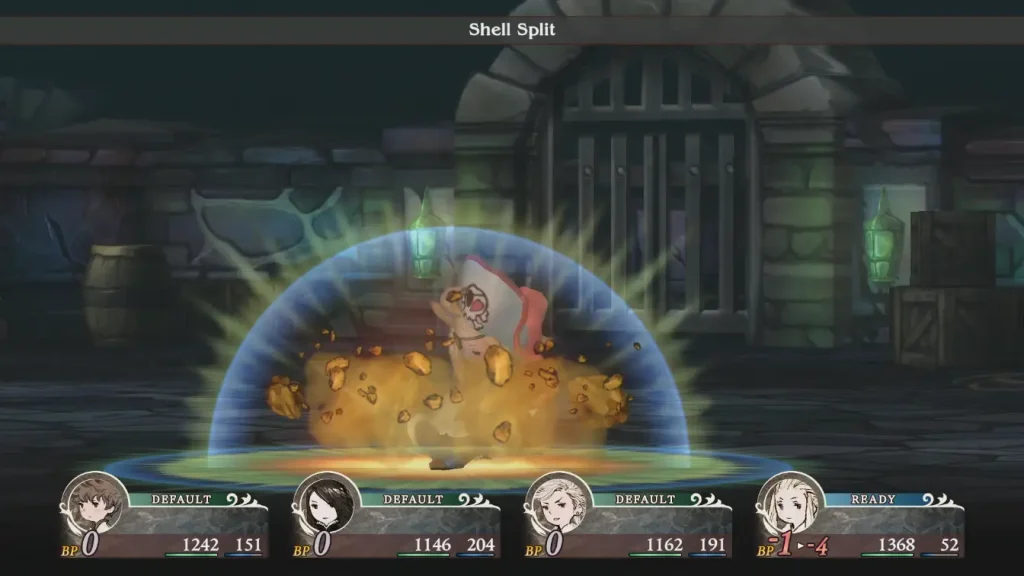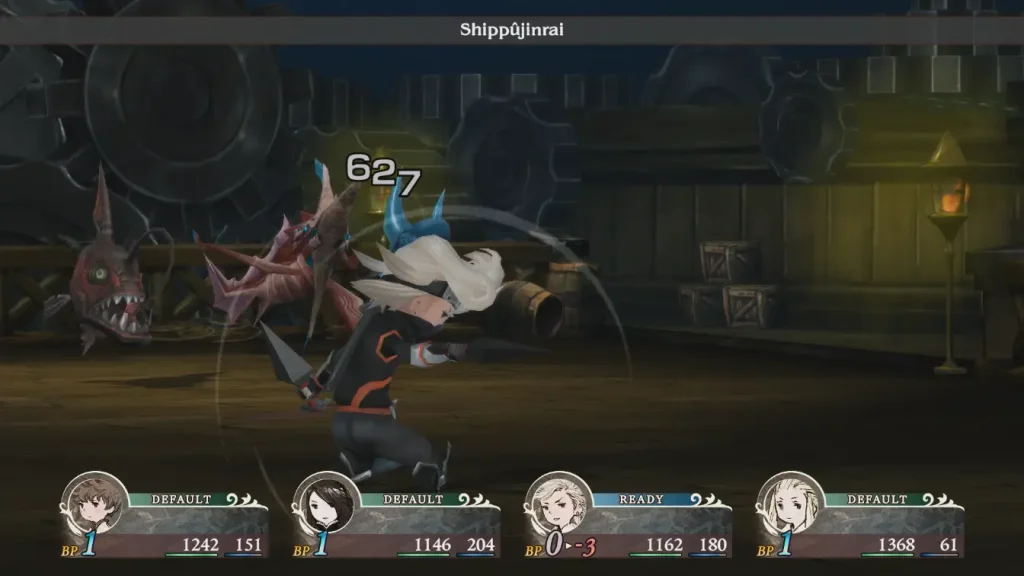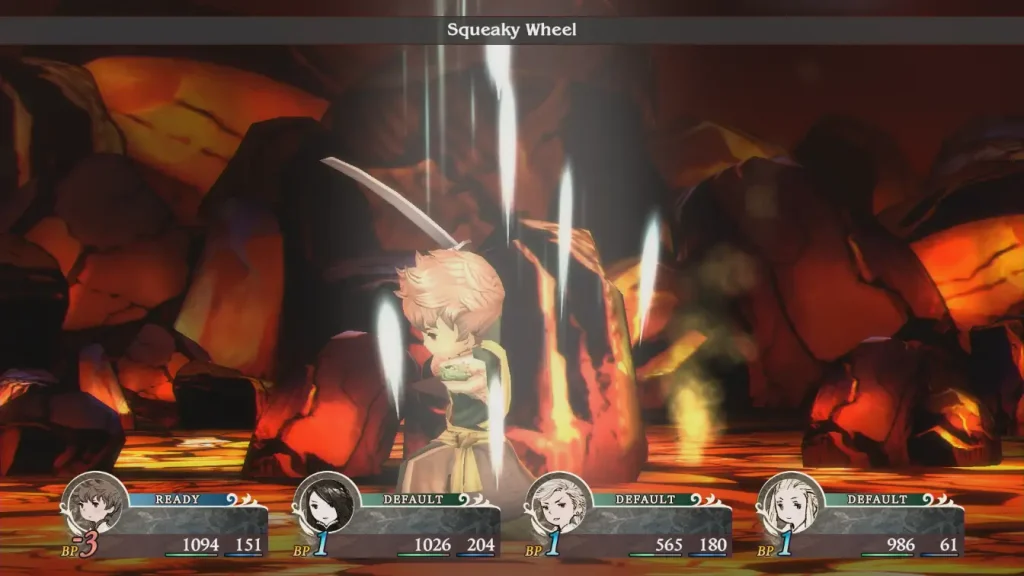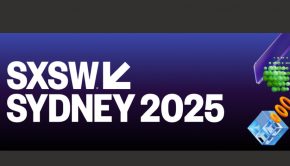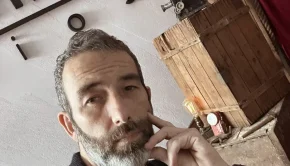Bravely Default Flying Fairy HD Remaster Interview
Gareth Newnham catches up with Tomoya Asano (BRAVELY Series General Producer) and Naofumi Matsushita (Producer) to discuss the transition of Bravely Default Flying Fairy HD Remaster to the all-new Nintendo Switch!
 What challenges did you face porting a game that was so well tailored to the 3ds hardware to Switch 2?
What challenges did you face porting a game that was so well tailored to the 3ds hardware to Switch 2?
Matsushita: I would definitely say it was the UI. We had to re-build the entire UI as we were combining something that was designed to be split across two screens onto just one. We had quite a hard time creating a new UI that made the game smoother and more and convenient to play, while also making the information easy to follow for newcomers. One other thing was the AR movies. Where the original 3DS platform let you move the system itself in all directions so you could have fun composing a scene, for the remaster we are using a controller, so we tried to recreate as close an experience as possible using the controller to alter camera angles.
.
Are we likely to see Bravely Second on Switch 2?
Matsushita: Unfortunately, there is nothing I can announce about anything like that at the moment. Sorry. However, it is undeniable that the support for our games and the words of encouragement we get from our fans is always a huge motivator for the team. I hope that everyone can keep supporting us going forward too.
Was it a conscious decision to keep the characters in a similar style to the four heroes of light, while the story is so incredibly dark and hard-hitting at times?
Asano: Indeed. Bravely Default was originally planned to be a sequel to Four Warriors of Light, so there may well be things in it that feel linked to that game.
Why did you opt for a remaster instead of a full remake?
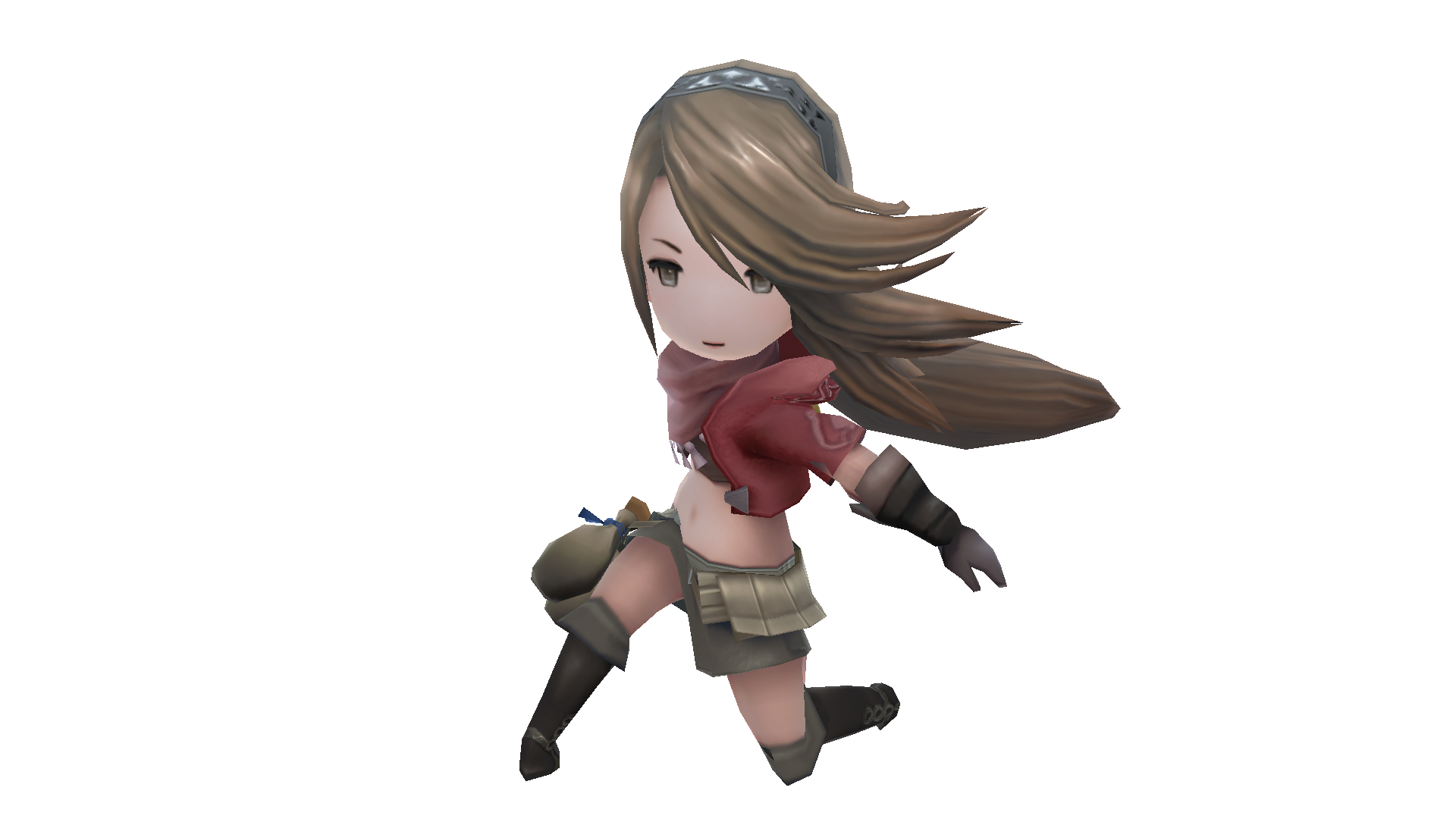 Asano: In around the spring of 2022, the team got together to discuss the upcoming 10th anniversary of the Bravely series and we wondered what the best thing that we could do to delight the fans who have supported us over that time was. We thought about various directions that we could go, including making a completely new game as well as remasters and remakes, but ultimately decided that we should make it possible to easily play the first game on modern platforms.
Asano: In around the spring of 2022, the team got together to discuss the upcoming 10th anniversary of the Bravely series and we wondered what the best thing that we could do to delight the fans who have supported us over that time was. We thought about various directions that we could go, including making a completely new game as well as remasters and remakes, but ultimately decided that we should make it possible to easily play the first game on modern platforms.
Matsushita: Pretty much exactly when we were discussing that, we heard that the 3DS section of the Nintendo e Shop was going to close in March 2023. I was in charge of handling that and there was quite a reaction, not just from players here in Japan, but from all around the world, who were saying that they still wanted to use the online functions and didn’t want the shop to close. I was moved when I realised that we had so many loyal customers who were passionate about still wanting to play our game and thought it would be great if we could release something that would please them. We found a new determination towards the idea of doing a remaster, although it was way too late to have it ready in time for the 10th anniversary itself (laughs).
The goal for this game was ultimately just to allow modern players another chance to experience Bravely Default and we wanted to prioritise the original gameplay experience, so we decided to do it as a remaster rather than a remake.
What we placed great importance on was not changing the original gameplay experience, while also improving the playability and ease of access to the game, as many of the existing fans would be playing through the story for the second or even the third time round. I wanted these existing fans not to think too deeply about what had changed and just instinctively say “yes, this is how it should be!”, while also providing a diligent lead into the gameplay for complete newcomers. I would be delighted to see people smoothly engaging with the game without finding too much that is unclear to them.
.
Did developing Bravely Default 2 for the Switch help with the conversion and design decisions made when bringing the original Bravely Default HD to Switch 2?
Matsushita: When we were converting the Street Pass features for obtaining other player’s data from the 3DS version into a system that involved “passing souls” in towns features, the network-based experience from Bravely Default II was of great help. The internal structuring and logic behind everything are actually quite closely based on that, which was an unexpected bonus from my perspective.
In addition, our experience developing Bravely Default II also came in handy when we were working out the content for some of the additional item explanations and tutorial text. Mr. Asano has always been someone who is quite particular about how text is written and looks for tutorials that are easy to follow and digest, as well as putting little elements that make you smile into item descriptions among other things, so we find ourselves wracking our brains every time, but after going through development on several further titles together, we have finally stopped missing the mark and can deliver the impact needed for the text editing stage.
However, in terms of naming items in a way that fits with the setting, Mr. Asano’s ideas are just too creative! So even now, we always make sure to consult with him before coming to a decision (laughs).
Was there anything you wanted to add to Bravely Default HD that ended up on the cutting room floor?
Matsushita: This version is based on For the Sequel, which was released as the original Bravely Default in the west, but the intent of the project was to let players re-experience the original game, so we excluded the elements that connect to Bravely Second. That would include the Bravely Second gameplay functionality, the SP feature and the post-ending AR movie etc
Outside of those, we felt we should make the controls and the UI a culmination of all the quality of life improvements from across the series and so have adopted these kinds of features from all the series titles, including Bravely Second, but we deliberately avoided adding the “chain battle” system, as it is kind of the headline mechanic that defines that game. There were people who called for its inclusion, but I felt that it would make the game feel very like Bravely Second and thus lead to unwanted expectations, so I abandoned the idea.
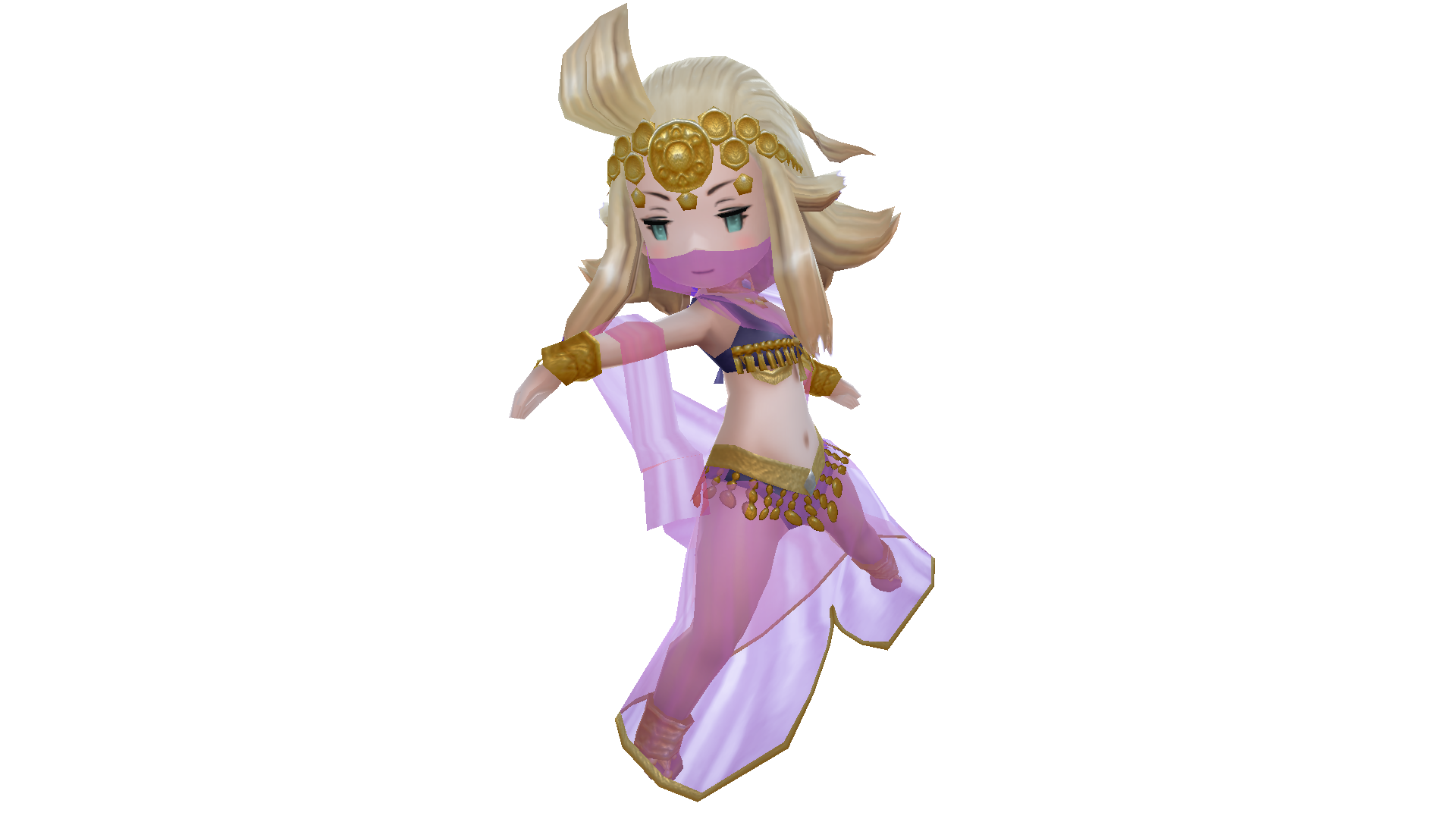 Was it a technical limitation or a design decision not to include mouse controls as an equivalent to the 3DS touch controls in the remaster? Essentially, relegating the switch 2’s new control feature to the mini games.
Was it a technical limitation or a design decision not to include mouse controls as an equivalent to the 3DS touch controls in the remaster? Essentially, relegating the switch 2’s new control feature to the mini games.
Matsushita: That was very much because of the development timing. When we found out about the mouse controls, the development on the main body of the game had already progressed quite a way and was optimised to play well using a controller alone. We did re-consider at that point, but aligning all the subtle movements in exploration, battles and on menus to both controller and mouse controls could lead to different players finding controls easier or more difficult depending on the method they chose, so we decided not to go that way.
Having only the mini games using different controls was also related to them being presented as games you can play on the stalls at the festival in Florem, and why we called them the “game corner”. Only requiring different controls there was to create expectations, so that people would see switching over the input methods as their character preparing for playing games at the fair, like you would get a rifle ready to play a target shooting game for example. It was also because we felt that it would be easier for players to understand by only having them be different in the mini games.

